If you have ever dreamed about creating beautiful Milky Way pictures, or any other form of astrophotography, you will find this blog post very helpful when getting started.
 001 – Photograph by Christian Nielson [1]
001 – Photograph by Christian Nielson [1]
We are going to discuss the 500 Rule. This rule is about keeping the stars sharp and focused on your pictures.
Due to the rotation of the earth, stars will record on your camera as streaks of light across the night sky. This is a direct result of the long exposures that are required to capture the dimly lit heavenly bodies above us.
Note: The only time this would not be correct is if you are using an astrophotography tripod head that moves in tandem with the rotation of the earth. There are many options available and they are sometimes called ‘tripod trackers’ or ‘sky trackers.’ However, you don’t need to make this investment to get started in this exciting and rewarding genre of photography- if you follow the 500 Rule.
What happens if you don’t follow the 500 Rule?
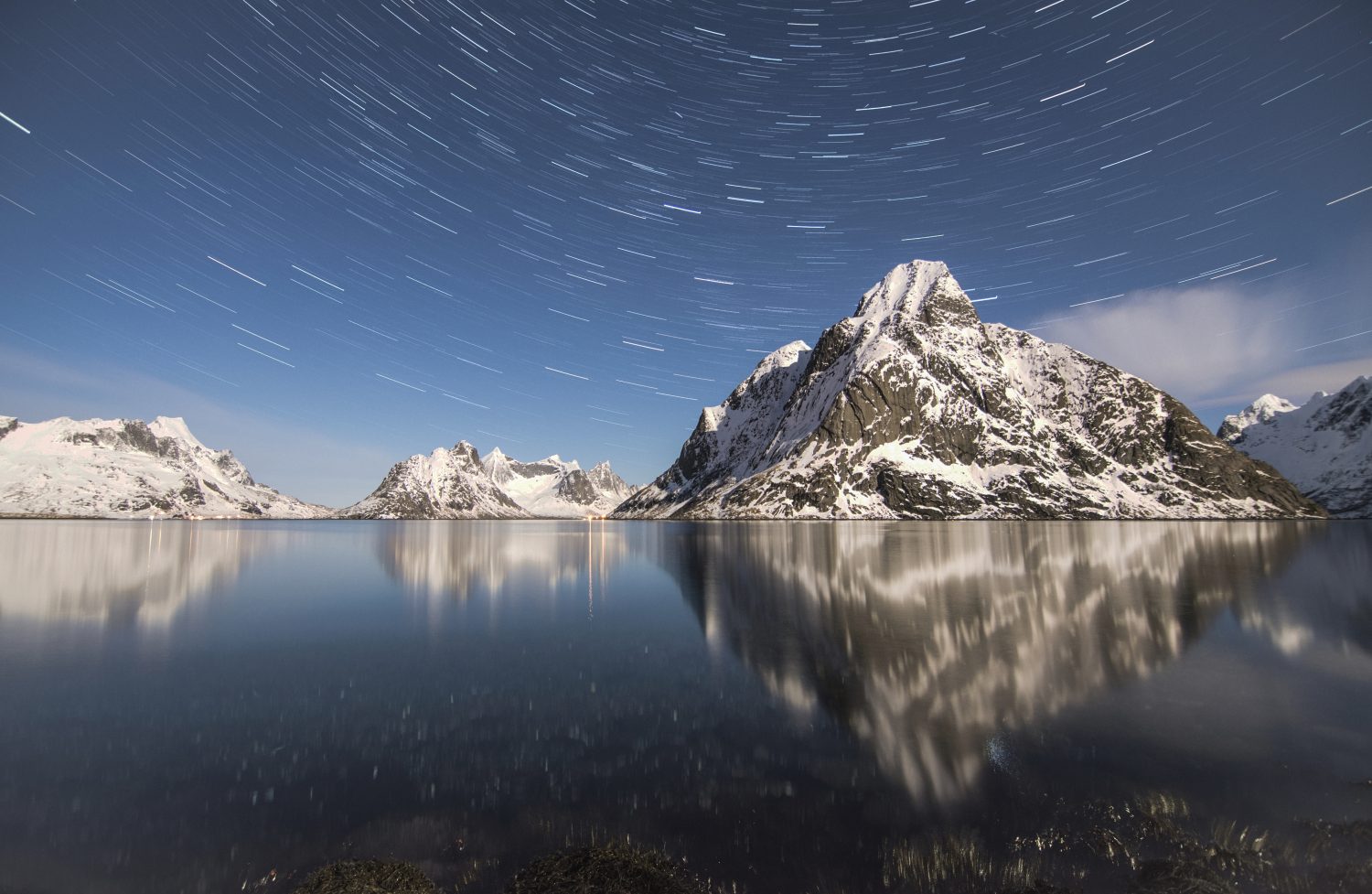 002 – Photograph by Free-Photos [2]
002 – Photograph by Free-Photos [2]
Your photos will display some level of star streaks across the sky. Those streaks aren’t necessarily bad, and you can use them for creative influence.
However, in some cases, such as photographing the Milky Way, you will want those stars sharp and clearly defined.
Without the 500 Rule, those streaks, depending upon your length of exposure, can be anything from slightly blurry pinpoints of light to full blown semicircles across the sky.
In this blog post, we will discuss the following:
- How to create astrophotography images without star trails.
- Learning how to calculate the length of your shutter speed time value to capture star trails.
- How to apply the 500 Rule during your astrophotography photoshoot.
 003 – Photograph by Free-Photos [3]
003 – Photograph by Free-Photos [3]
You may have also heard of the 600 Rule. What?
The 500 Rule and the 600 Rule operate in the same manner. The difference is that the 600 Rule keeps the shutter open for a bit longer so that the light of the stars can expose longer.
Why would you choose one over the other?
With the 600 Rule, the longer exposures are adequate for Internet use or where the slight trails of the stars won’t be noticeable. The 500 Rule is most definitely preferable if want tack sharp stars or if you intend to print your pictures. In addition, even if your stars are a bit underexposed coming out of the camera, if you shoot in camera raw, you will be able to adjust them to perfection.
I recommend the 500 Rule.
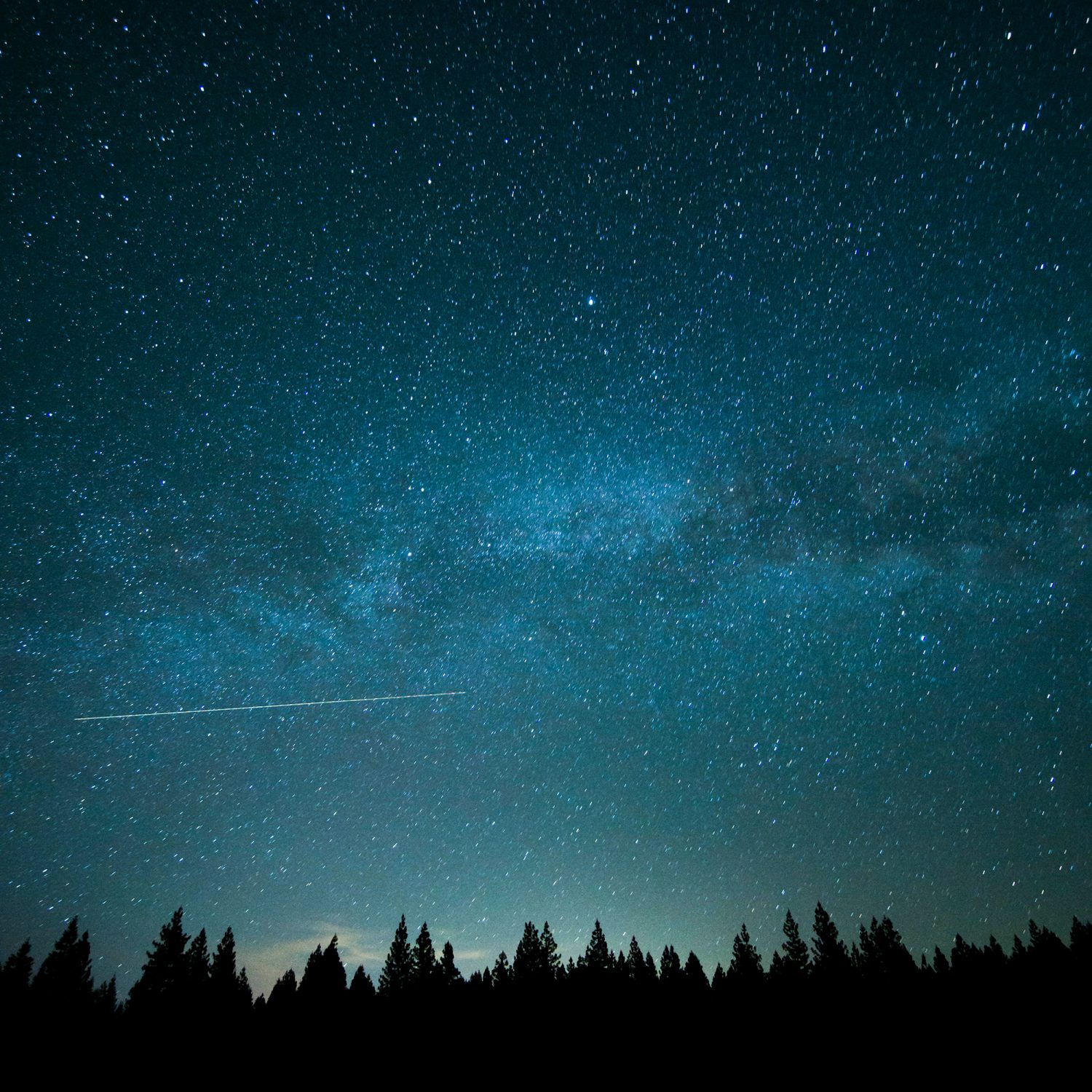 004 – Photograph by Free-Photos [4]
004 – Photograph by Free-Photos [4]
Write this down.
The 500 Rule states that to freeze the motion of the stars, you must determine your time value (the length of time that you’re going to leave the shutter open) by dividing the focal length of your lens into the number 500.
For example, a 50mm lens on a 35mm (or full frame digital sensor) camera would be 500/50=10 seconds.
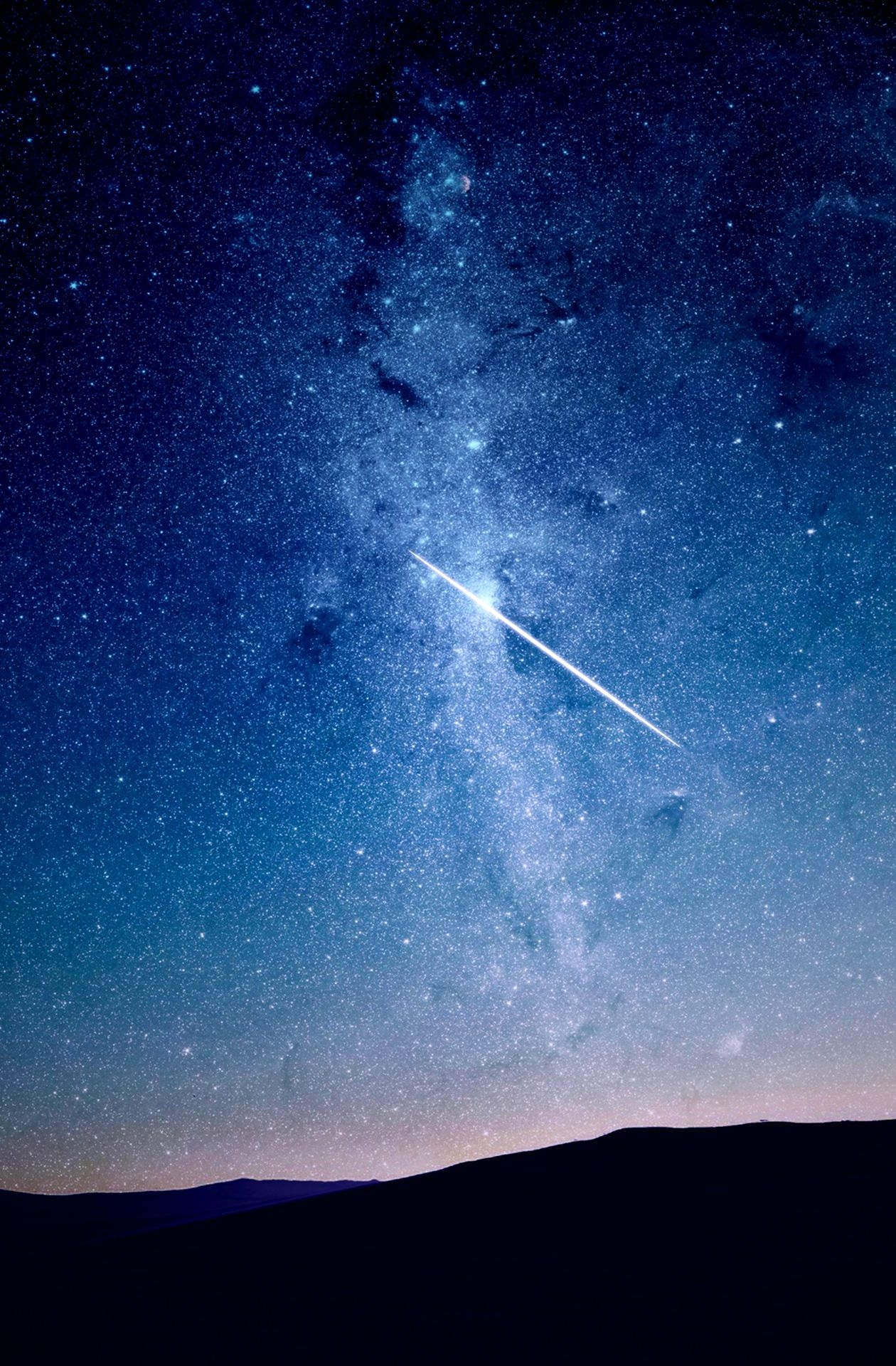 005 – Photograph by Promo25 [5]
005 – Photograph by Promo25 [5]
If your picture displays sharp pinpoint stars but also exhibits one or more trails- this is not a failing of the 500 Rule. What you have captured is likely the contrail of an airplane or some meteor activity.
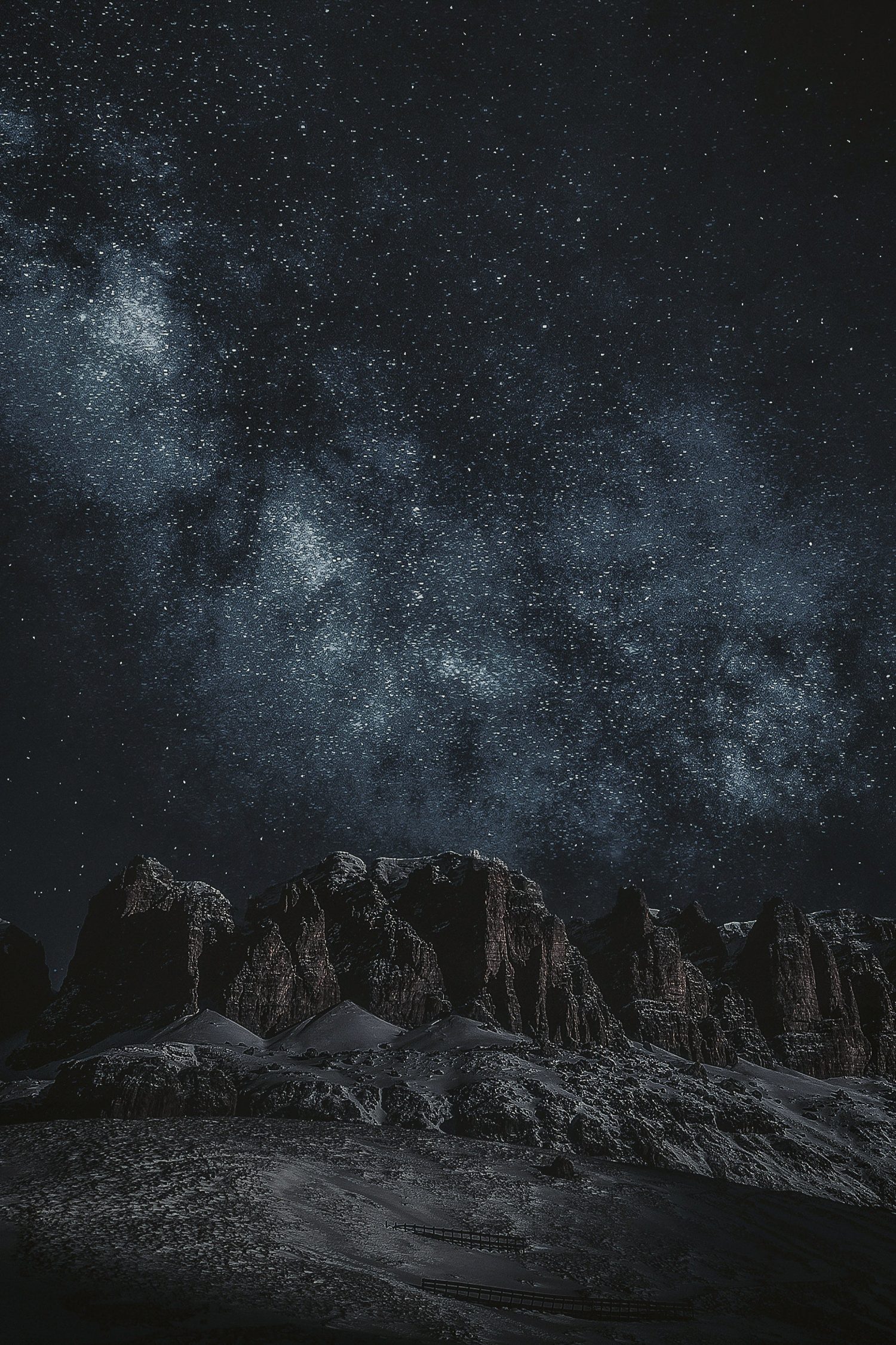 006 – Photograph by Eberhard Grossgasteiger [6]
006 – Photograph by Eberhard Grossgasteiger [6]
If you are working with a smaller sensor camera, you must include an additional calculation. This step takes into account the crop sensor factor.
Note: If you are working with DX lenses that are specifically designed to operate with the sensor size of your camera then you can disregard this additional step.
Here is the 500 Rule formula, with the “crop factor” included for a Nikon APS-C camera (as an example): 50mm lens x Nikon 1.5x crop factor = 75mm equivalent focal length. 500 divided by 75mm equals a 6 second maximum exposure length before star trails occur (always round down).
Crop sensor factors for Sony and Nikon are 1.5X & for Canon is 1.6X. For other brands, you will have to do some research.
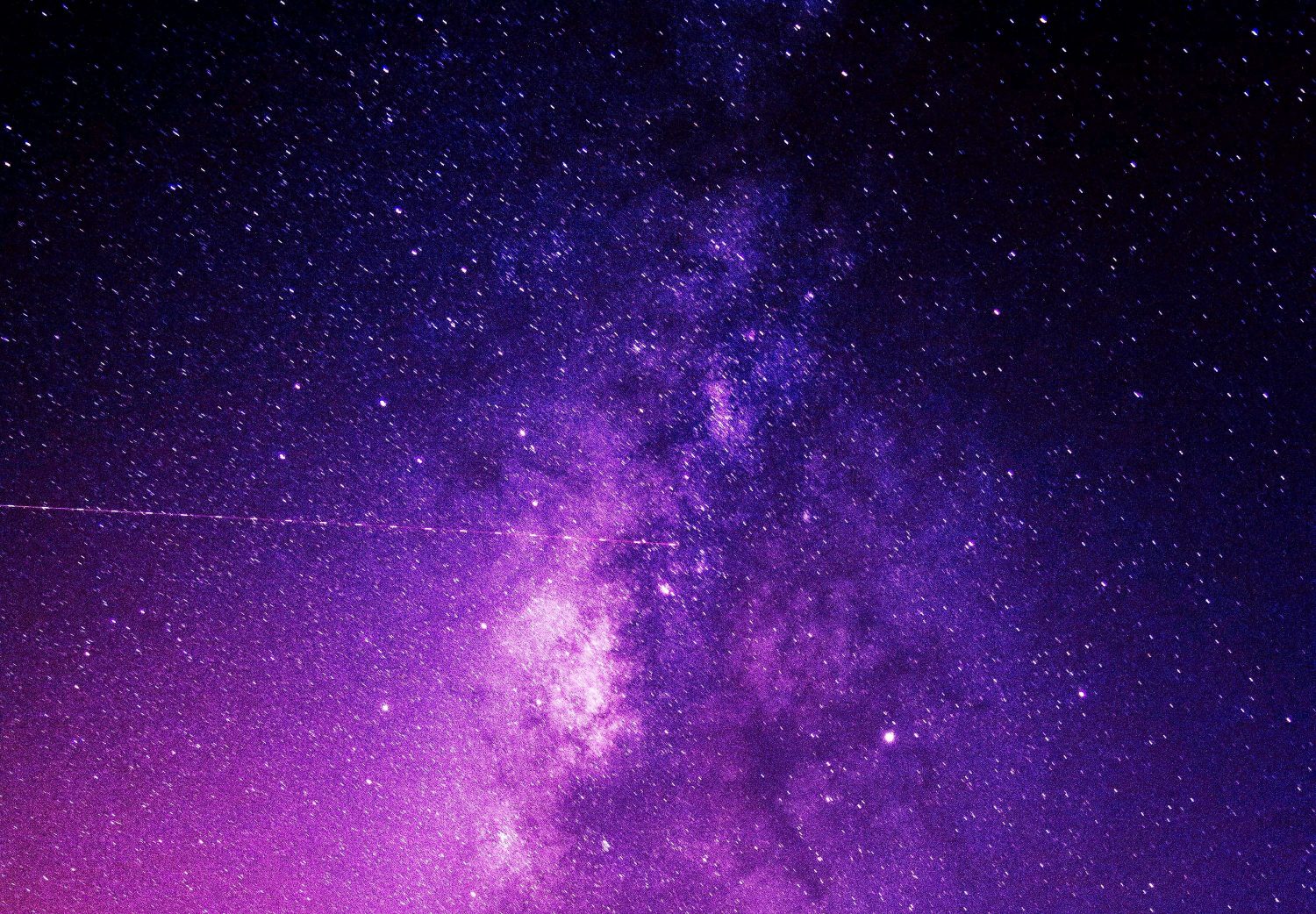 007 – Photograph by Luck Galindo [7]
007 – Photograph by Luck Galindo [7]
Important: Don’t forget that even if you’re following the 500 Rule, you could still get blurry stars if you’re not following good long exposure best practices.
- The camera is on a sturdy tripod with a robust head.
- Use an external shutter release that can be locked down
- With a DSLR camera lock the mirror up, wait several seconds, then release the shutter.
- Don’t set up on bridge decks, parking ramps, or anywhere where there may be slight almost undetectable vibration.
- Secure additional weight to the collar of the tripod so that it hangs down between the legs. I use a 10 lb. sandbag
- If there is any wind beyond a light breeze, try to set up in a protected area.
- Avoid foreground objects that may move and blur in a breeze.
Here are a few other final Tips
- There are smartphone apps such as Star Tracker to help you find a star or constellation in the night sky.
- Start with an ISO setting of 1600 to 3200 depending upon your camera model.
- Set your aperture to wide open.
- Choose a location with minimal or no light pollution.
- Use a wide-angle lens on up to a normal lens with a lens hood.
- Place an object in the foreground such as a line of trees, a building, or other land formation with a definite shape (if you’re including the horizon).
- On a DSLR, lock up the mirror before releasing the shutter.
- Shoot in camera raw for maximum post-processing flexibility.
- Bring a flashlight.
- Set the camera to Manual Mode and the Shutter to either Bulb or the calculated exposure length.
- Focus using Live View or turn on the ‘in-focus’ indicator lamps inside the viewfinder.
- After shooting several frames with your calculated exposure- shoot two additional frames: one at 1-stop over and one at 1-stop under. Change the exposure by changing the ISO and not the f/stop or time value.
- Keep good notes for learning and repeatability.
Bonus Idea
 008 – Photograph by John Fowler [8]
008 – Photograph by John Fowler [8]
If you are including a foreground object bring an electronic flash and manually ‘pop’ the flash onto the foreground while exposing for the stars.
- Be careful not to point the flash toward the camera.
- Keep your body in the shadows
- Start by setting the flash to an auto mode with an aperture setting that matches your camera lens- adjust as necessary.
Post-Processing
Don’t worry if your image files come out of the camera looking flat in color and tone and uninteresting in general.
This lackluster appearance is normal in astrophotography.
You will need to post-process your images while paying special attention to electronic noise, contrast, clarity, and color saturation.
Good luck and have fun!